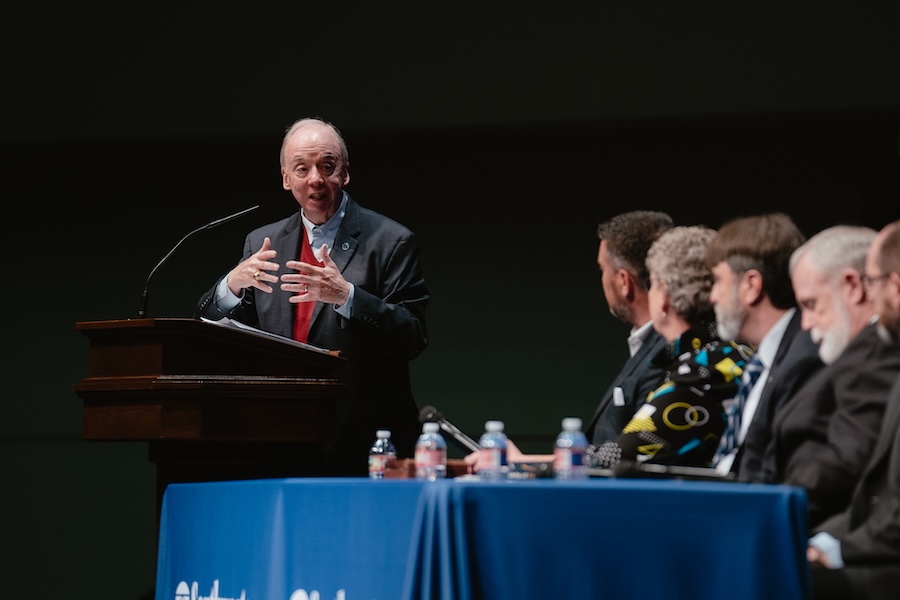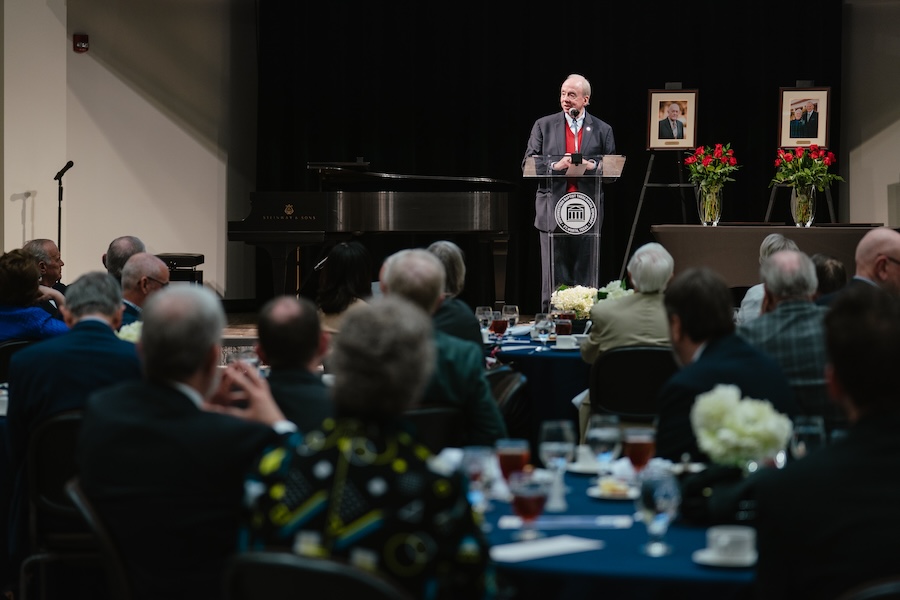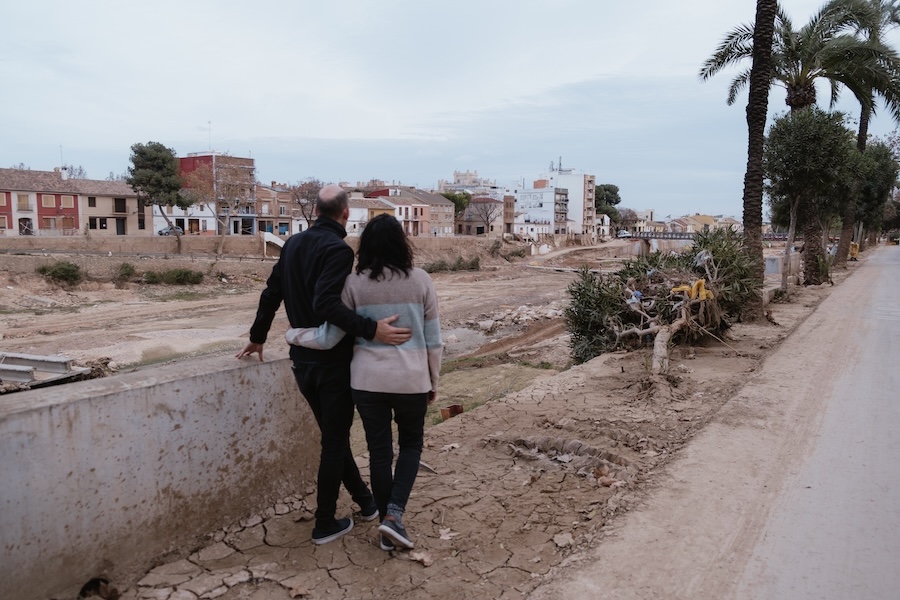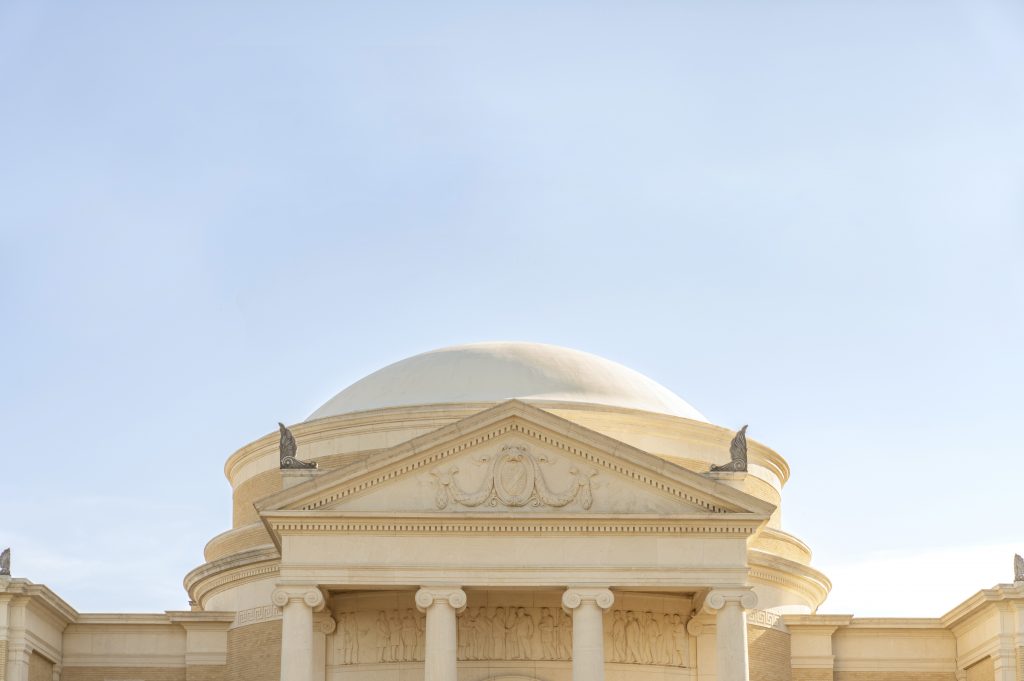Southwestern faculty contribute to new archaeology study Bible
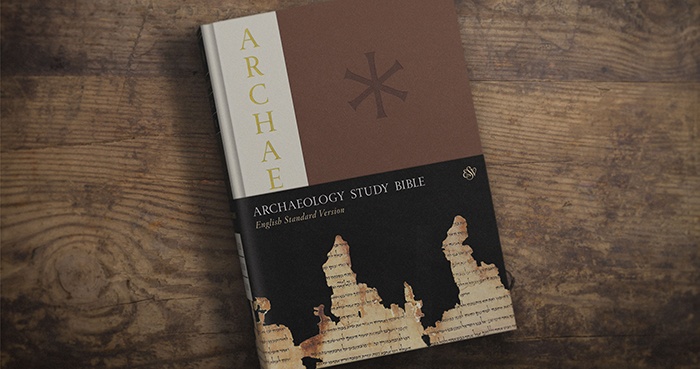
The ESV Archaeology Study Bible, a new academic and Bible study resource that includes contributions from two Southwestern Seminary faculty, is now available for purchase. The study Bible, published by Crossway, features the work of a team of Christian field-trained archaeologists, including Southwestern professors Steven Ortiz and Tom Davis.
The study Bible offers more than 2,000 study notes, 400 photographs, 200 maps and diagrams, and 15 articles including “Expository Preaching and Archaeology,” “The Dead Sea Scrolls,” and “Daily Life in the New Testament.” Crossway says this tool will offer its readers a “framework for better understanding from the people, places and events recorded in Scripture.”
Professor of Archaeology Tom Davis, who specializes in archaeological study of the Eastern Roman Empire, provided archaeological content for all of the Pauline writings. He explains that the study of Scripture is important, and this resource will help people do that in a unique way.
“Archaeology is vital in New Testament study because you cannot understand Paul without studying the first-century world,” Davis says. “Paul communicated the Gospel across many cultural fault lines, and archaeology is our best source for comprehending the cultural context.”
Steven Ortiz, professor of archaeology and biblical backgrounds, contributed study notes for three of the historical books: Joshua, Judges and Ruth. He says the study Bible distinguishes itself because of its creation by a team of experienced archaeologists who are still active in their fields, in contrast to other study Bibles that are primarily focused on general background and include only archaeological highlights.
“Biblical truths, theology and ethics are revealed mostly in historical events,” says Ortiz, who also serves as director of Southwestern’s Tandy Institute for Archaeology. “Therefore, foundational to understanding the biblical text is to know the historical, cultural and geographical contexts that inform the text.”
“Archaeological discoveries are literally happening daily in the lands of the biblical text,” Ortiz says. “Hopefully this new resource will help readers understand the biblical text in the context of its historical revelation.”
To learn more, see here.
